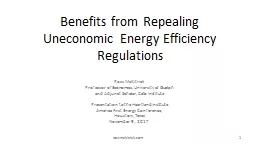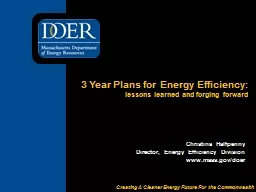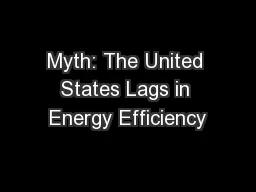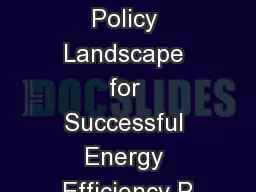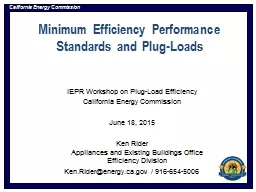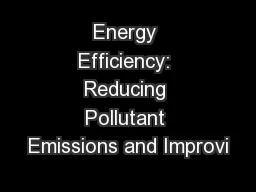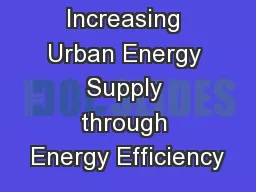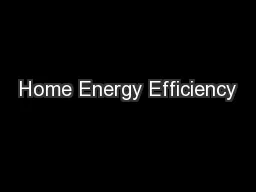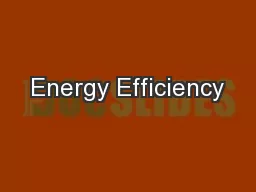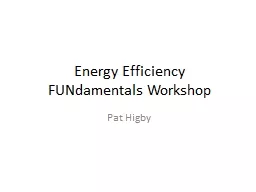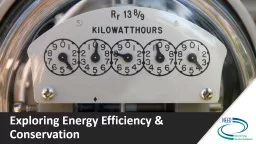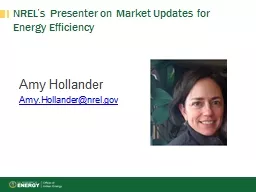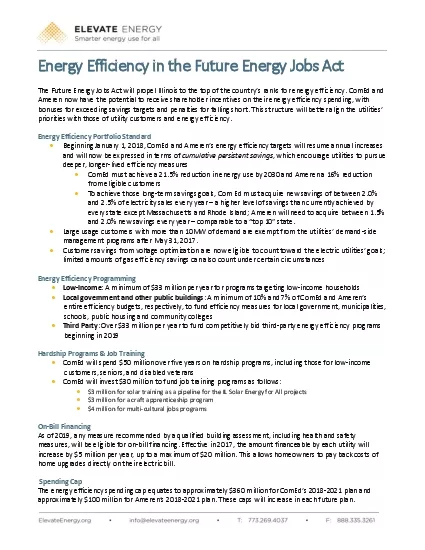PPT-Benefits from Repealing Uneconomic Energy Efficiency Regulations
Author : phoebe-click | Published Date : 2018-03-16
Ross McKitrick Professor of Economics University of Guelph and Adjunct Scholar Cato Institute Presentation to the Heartland Institute America First Energy Conference
Presentation Embed Code
Download Presentation
Download Presentation The PPT/PDF document "Benefits from Repealing Uneconomic Energ..." is the property of its rightful owner. Permission is granted to download and print the materials on this website for personal, non-commercial use only, and to display it on your personal computer provided you do not modify the materials and that you retain all copyright notices contained in the materials. By downloading content from our website, you accept the terms of this agreement.
Benefits from Repealing Uneconomic Energy Efficiency Regulations: Transcript
Download Rules Of Document
"Benefits from Repealing Uneconomic Energy Efficiency Regulations"The content belongs to its owner. You may download and print it for personal use, without modification, and keep all copyright notices. By downloading, you agree to these terms.
Related Documents

